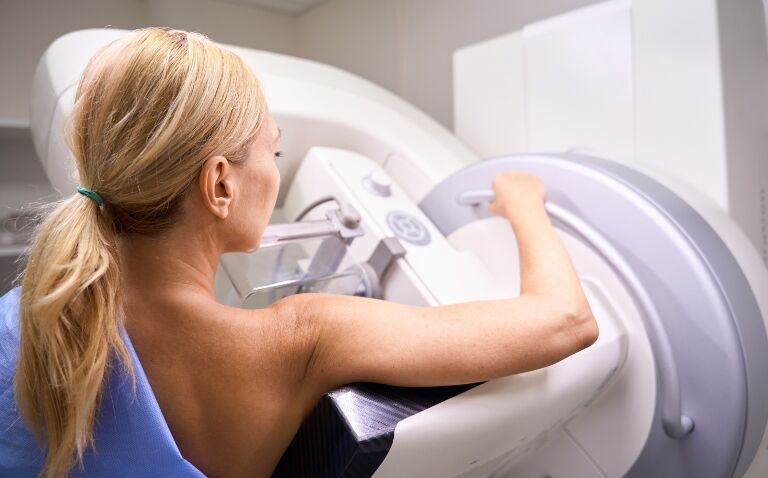Adopting a risk-stratified approach to breast cancer screening could help improve the benefit-to-harm ratio and the cost-effectiveness of screening programmes, European experts say.
In an invited review published in the journal European Radiology outlining the European Society of Breast Imaging’s general recommendations on breast cancer screening, the authors said that programmes usually included all women irrespective of their breast cancer risk, with age being the only determining factor.
Senior author Dr Ritse Mann, breast and interventional radiologist at the Radboud University Medical Center in Nijmegen, The Netherlands, and colleagues said breast cancer was the most frequently occurring cancer in Europe, accounting for about 15% of all new cancer cases and for about 30% of all new cancer cases in women.
Mammographic screening allowed for early cancer diagnosis, thereby reducing cancer mortality and the need for aggressive treatments.
‘Nevertheless, breast cancer remains the leading cause of cancer death among women worldwide, and although the benefits of mammographic screening outweigh the harms in the general population and the “one-size-fits-all” approach remains easier to implement, further improvements are sought,’ Dr Mann and colleagues wrote.
‘Moving to screening programmes adjusted to personal risk level instead of age-based population screening could improve the performance of a screening programme by reducing underdiagnosis, false positives, and over-diagnosis as well as improving cost-effectiveness.’
Several risk prediction models were available to estimate an individual’s risk of developing breast cancer, they said.
If possible, risk assessment should be performed at a young age (approximately 25 years) to effectively tailor screening recommendations.
Women found to be at a high risk of developing breast cancer should start screening as early as 25 years of age with annual breast MRI (evidence level 1), the recommendations stated, supplemented with annual or biennial mammography from age 35-40 years.
Evidence also supported the use of breast MRI screening in women with extremely dense breast tissue, preferably every two to three years.
‘If MRI is not available, supplemental ultrasound can be performed as an alternative, although the added value of supplemental ultrasound regarding cancer detection remains more limited,’ the experts wrote.
Breast density category should always be reported after mammography screening, they noted, as this had important implications for the performance of supplemental and alternative imaging methods.
Overall, regular mammography should be considered the mainstay of breast cancer screening (evidence level 1), but digital breast tomosynthesis could be performed as an alternative.
For women at intermediate risk of breast cancer, supplemental imaging modalities, including digital breast tomosynthesis, ultrasound, breast MRI, and, more recently, contrast-enhanced mammography, were available and had already shown potential to further increase diagnostic performance.
Artificial intelligence had also shown promising results in supporting risk categorisation and interval cancer reduction, Dr Mann and colleagues noted.
Women should be properly informed about the advantages as well as disadvantages of a breast cancer screening test to be able to make informed choices. Indeed, the experts said: ‘Individual screening recommendations should be made through a shared decision-making process between women and physicians.’
If there was a move to risk-based cancer screening rather than relying on age-based population screening, informed decision-making would become even more important to increase acceptability among those lower risk women who were candidates for reduced screening intensity, Dr Mann and colleagues suggested.










